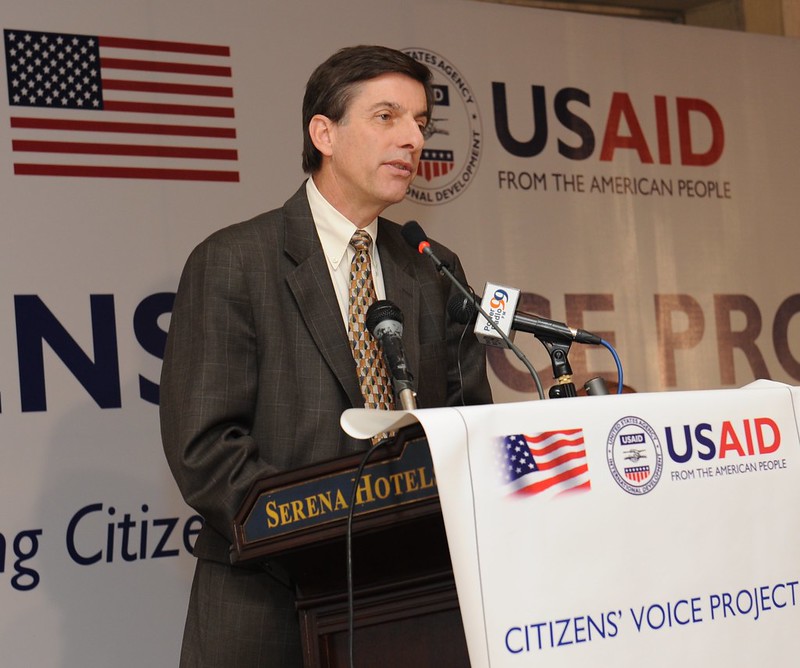 Recent years have seen tight restrictions on foreign aid programs in Belarus, but the United States Agency for International Development (USAID) still promotes targeted programs that make it to Belarus through regional partnerships. Indeed, such initiatives, on a smaller scale, concentrate on civil society assistance, public health and modest economic development. For a state undergoing political repression and economic uncertainty, even modest international programs can potentially enhance the quality of life and preserve access to provisions that are frequently unavailable through state systems.
Recent years have seen tight restrictions on foreign aid programs in Belarus, but the United States Agency for International Development (USAID) still promotes targeted programs that make it to Belarus through regional partnerships. Indeed, such initiatives, on a smaller scale, concentrate on civil society assistance, public health and modest economic development. For a state undergoing political repression and economic uncertainty, even modest international programs can potentially enhance the quality of life and preserve access to provisions that are frequently unavailable through state systems.
Supporting Civil Society Under Pressure
Belarus is one of the least hospitable places for independent organizations in Eastern Europe. Independent groups are under legal pressure, state surveillance and have little ability to raise funds. Despite the obstacles, USAID works with international organizations and nongovernmental organizations (NGOs) based in neighboring Lithuania and Poland to engage Belarusian activists, educators and community leaders.
Through these partnerships, USAID facilitates online legal livelihood education, digital safety training and capacity-building workshops for NGOs and independent media. Other programs concentrate on training Belarusian organizations to function safely, navigate legal risks or move their operation and work in exile. Other organizations offer training for journalists and youth leaders who focus on local development projects or social advocacy campaigns. These programs might be small in scale, but they are helping to maintain a store of civic knowledge that is under abundant pressure in the country, where independent institutions find themselves under increasing threat.
HIV/AIDS Prevention and Access
In the health field, USAID has long concentrated on the prevention and care for those with HIV/AIDS. Belarus continues to be included among countries in regional health programs prepared by international organizations, such as UNAIDS and the World Health Organization (WHO). USAID supports these efforts by underwriting outreach, training of health workers and community-based testing and education.
These projects are at the forefront of spreading the best global practices of care and nondiscriminatory treatment to Belarusian clinics and health care workers. This is especially vital in rural and underserved areas where stigma, ignorance and funding challenges impede efforts to combat the disease. While health programming does have to operate within state-approved spaces, it is one of the few spaces where international cooperation actually remains possible.
Basic Economic and Digital Skills Training
Belarus has faced increasing economic pressure in recent years, with rising unemployment, low wages and brain drain among young professionals. USAID-funded training programs, delivered online or through regional hubs, help fill this gap by teaching financial literacy, digital skills and basic entrepreneurship.
Participants — often young adults or individuals from marginalized communities — gain practical tools to start small businesses, improve budgeting or enter new job markets. Some programs focus on the IT sector, while others support craft-based entrepreneurship, agriculture or logistics. While the reach of these programs is modest, they offer opportunities to build resilience and reduce economic dependency on unstable state systems.
USAID Programs in Belarus
Although Belarus is not a major recipient of U.S. foreign assistance, USAID’s indirect engagement continues to provide vital support where it is most impactful. These programs don’t aim to change political systems — they aim to improve access to knowledge, health and opportunity for everyday people navigating life in a restrictive environment.
For the U.S., maintaining these connections is a strategic one. Supporting civil society, health care and economic education — even at a small scale — helps create long-term conditions for stability, dignity and local leadership.
– Polina Makarova
Polina is based in New York, USA and focuses on Global Health and Politics for The Borgen Project.
Photo: Flickr
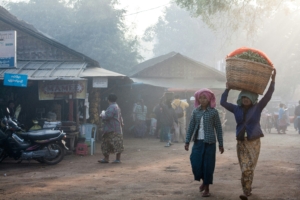 Displaced persons seeking refuge in Thailand following
Displaced persons seeking refuge in Thailand following 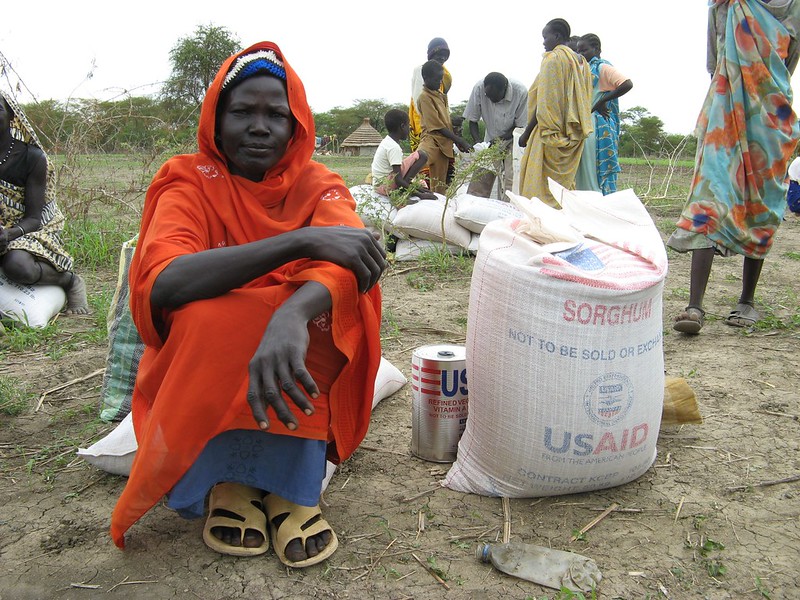 Since January 2025,
Since January 2025, 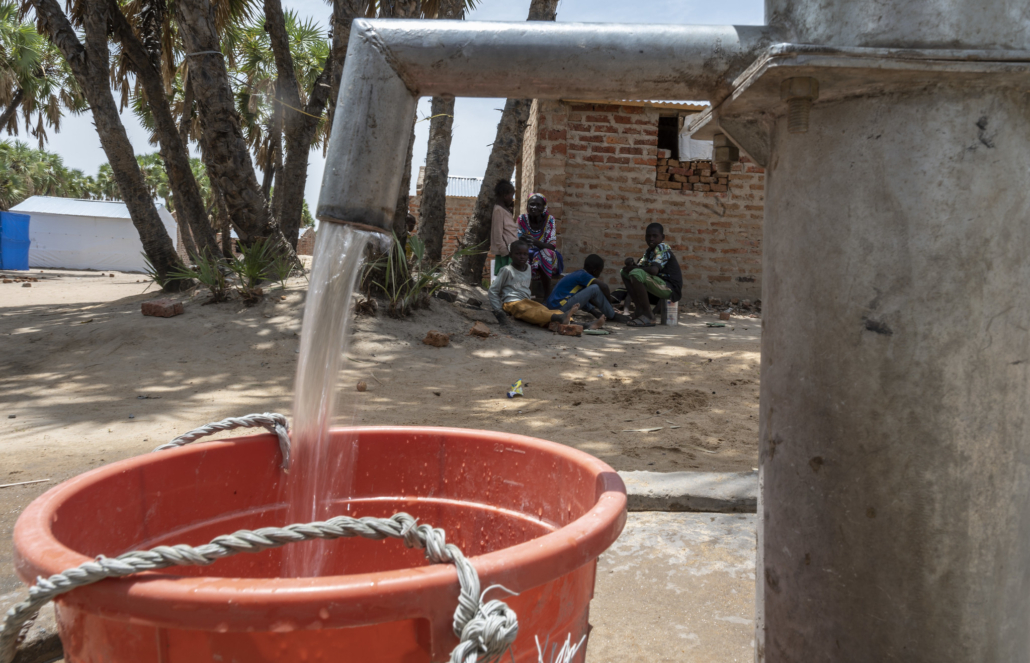
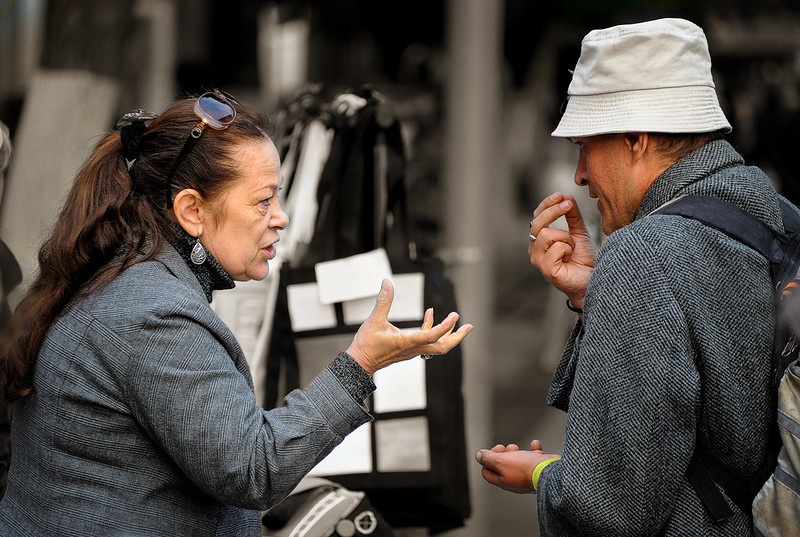 More than a decade ago, the United States Agency for International Development (USAID)
More than a decade ago, the United States Agency for International Development (USAID) 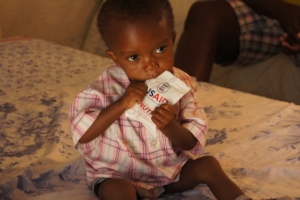
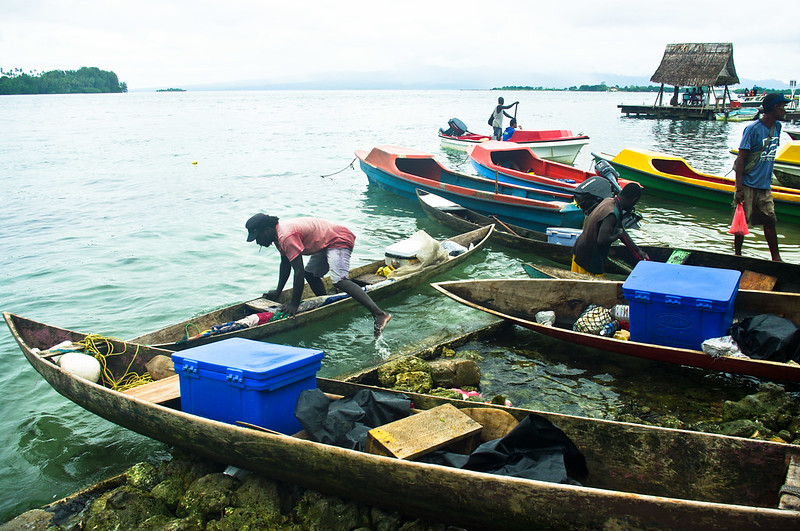
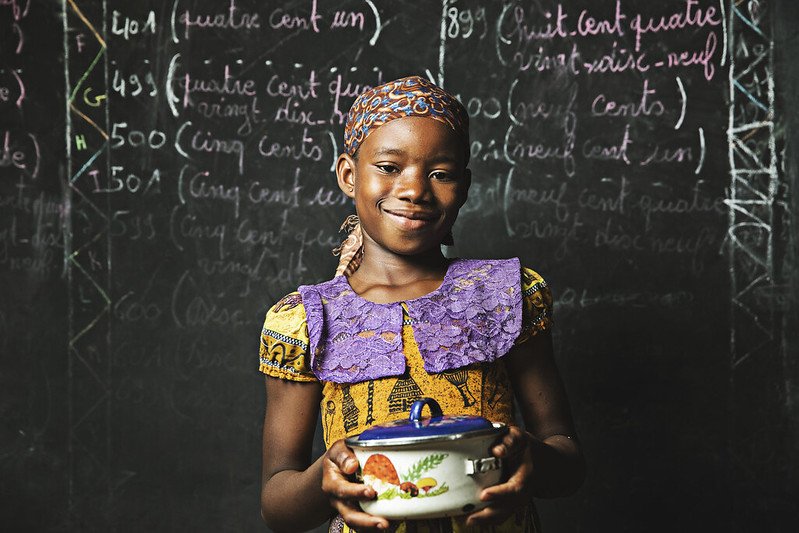 Burkina Faso, located in West Africa, has a population known as the Burkinabe. This former French colony declared its independence in 1960. Originally named Upper Volta, the country adopted its current name in 1984. Its population
Burkina Faso, located in West Africa, has a population known as the Burkinabe. This former French colony declared its independence in 1960. Originally named Upper Volta, the country adopted its current name in 1984. Its population 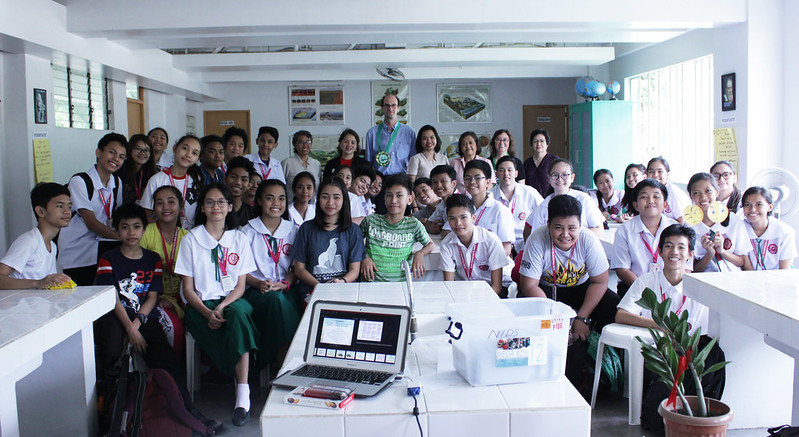
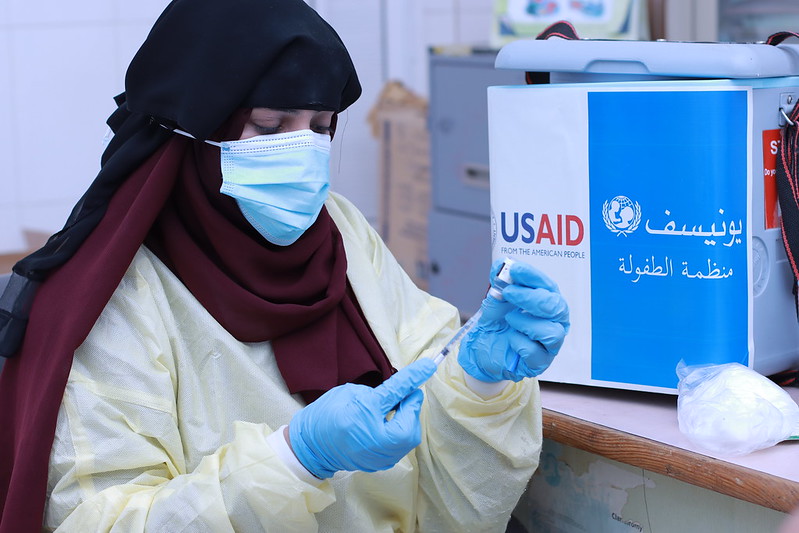 Yemen has one of the world’s worst humanitarian crises due to prolonged instability
Yemen has one of the world’s worst humanitarian crises due to prolonged instability 